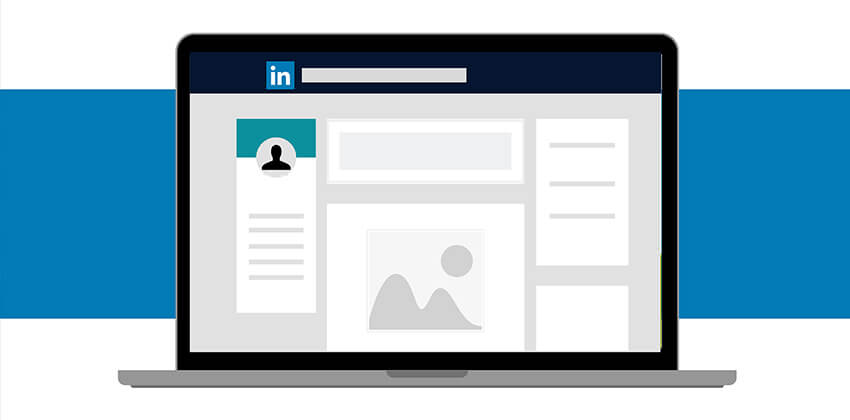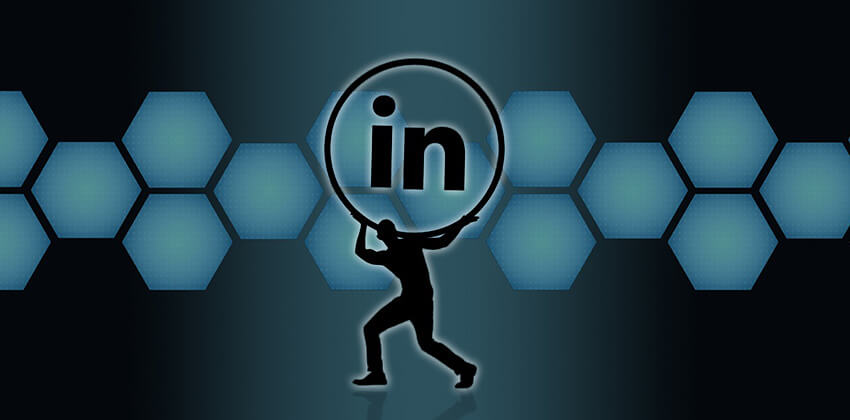
When presenting LinkedIn seminars to groups of job hunters, I’m often confronted by attendees who are highly skeptical about the whole social/sharing experience.
“I only will connect with people I know well,” someone will defiantly contend. Piling on, someone else will often ask in a show of can’t-be-bothered defensiveness: “Why do I want to give information about myself to strangers?”
Nonetheless, there are measures to protect yourself that you can reasonably take.
Most important, however, is to jettison the “I’m going to protect my contacts” and “I’m not sharing what I know lest it give someone else an advantage” mentalities.
This is the age of connecting and social sharing
To be sure, there is legitimate reason to have a healthy skepticism of strangers.
Because my articles here on job-hunt.org, USNews & World Report, and elsewhere give me wide exposure, I typically get several requests a day to link to people who may know who I am, but of whom I have absolutely no knowledge.
Bear in mind, you don’t need to have an “all or nothing” policy of connecting with strangers. Use common sense about which invitations to accept or reject.
Determine Your Connection Criteria
My inclination is to connect with people who seem credible, and not with others. I take the time to look at the profile of everyone who requests a connection for a quick sense of their persona.
These are things that I typically screen for:
- Does someone have a professional headshot?
- Do they have a professional sounding headline, with a reasonable work history and stated accomplishments?
- Do they appear to strictly be marketing products or services? (Thanks, but I’m not interested.)
- Where are they living? I’ve found great benefit in connecting to people in distant countries, but at the same time, there are some places in the world where I really don’t want to build a network. Be sensible!
- Is it possible that I might be able to be professionally helpful to someone who requests a link?
- Do they appear to have a reasonably sized network themselves?
Everyone will have his or her own idea of what makes someone “credible” so your criteria may be different. If the person is impossibly attractive and has very few connections, the profile could be fake (for marketing, selling, and other purposes), another good reason to check the member’s profile before accepting or ignoring the invitation to connect.
Expanding Your LinkedIn Network
With these guidelines, above, in mind for dealing with incoming requests to connect, here are some things you can do to proactively expand your network:
1. Let LinkedIn access your email and connect with people you know.
You’ll see who already has a LinkedIn account, and these people should be your initial prime “target connections”. Don’t bother inviting people who don’t have LinkedIn accounts of their own, because by definition they won’t have any 2nd or 3rd degree connections that will dramatically expand your reach. Aim for people with more than 100 connections, and ideally 500+ (which is the most that LinkedIn will show).
To give you a sense of the power of connecting with people who have their own large networks already, consider this: at this writing I have approximately 3,500 first degree connections. That yields a network of nearly 5 million second degree connections!
Remember that when you connect to someone, their first degree connections become your second degree connections, and their second degree connections become your third degree connections. Adding even a few very high-powered first degree connections will dramatically increase your own reach. And this can help you tremendously when you are researching companies and looking for “ins” as part of your job search!
2. Let LinkedIn help you.
In the same way that Amazon guesses what products you might be interested in based on what you’ve previously searched for and bought, LinkedIn’s predictive logic will make suggestions of people you might know.
In addition, LinkedIn knows all of its members who have worked at your places of employment and studied at the same schools at the same time as you.
That’s why it is so important to have a complete profile with dates of employment and years you attended your college (and grad school)! It is a great way of reconnecting with long-lost friends, or connecting for the first time to people who have something of substance in common with you.
3. Be active on LinkedIn.
LinkedIn Groups and the other LinkedIn updates are excellent ways to increase both your visibility and your credibility. Whenever you join a Group, by default you become connected to everyone else in that Group. Members can message each other without paying for InMail up to 10 messages per month.
That’s why it is so important to join a good number of groups (LinkedIn allow you to be in 100 groups at any one time). Mix them up! Join groups based on your geography, your industry, your skills, college alumni groups, employer alumni groups and more!
Like, share, and comment, as appropriate, on the stream of updates you see on your LinkedIn home page. Stay on-topic for you and your personal brand, but try to do at least one or two “updates” a day during the week.
More: 6 Simple Ways to Keep Your Network Alive
Bottom Line
You’ll be surprised when you take these steps how quickly your network will expand, and how much more useful LinkedIn will become in making yourself visible to people who are looking to hire people like yourself!
Happy hunting!
More About LinkedIn for Job Search:
- How to Leverage LinkedIn Status Updates for Your Job Search
- Publishing on LinkedIn: Gain Both Visibility and Credibility
About the author…
Job-Hunt’s Social Media and Job Search Expert Arnie Fertig, MPA, works with clients throughout the U.S. who are dedicated to their own career advancement on the nuts and bolts of job hunting. He is the Head Coach at Jobhuntercoach.com, and contributes weekly to the USNews & World Report “On Careers” Blog. Connect with him on LinkedIn, on Twitter (@jobhuntercoach), or directly: Fertig [at] jobhuntercoach.com.
Don't forget to share this article with friends!




